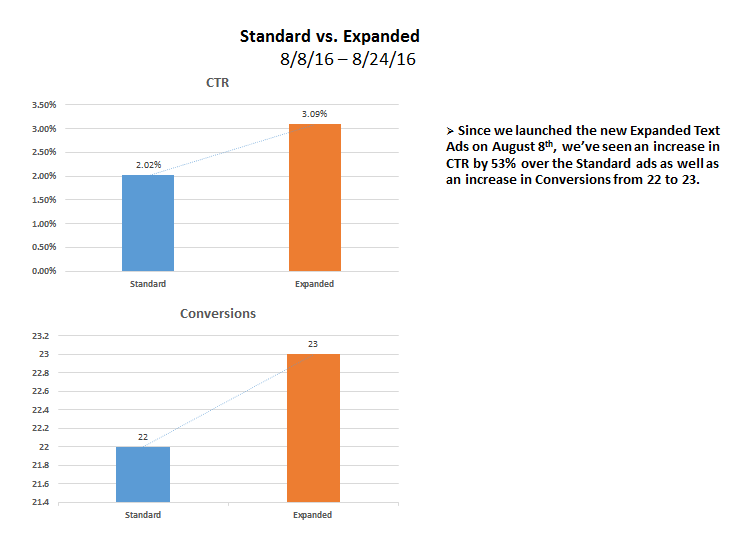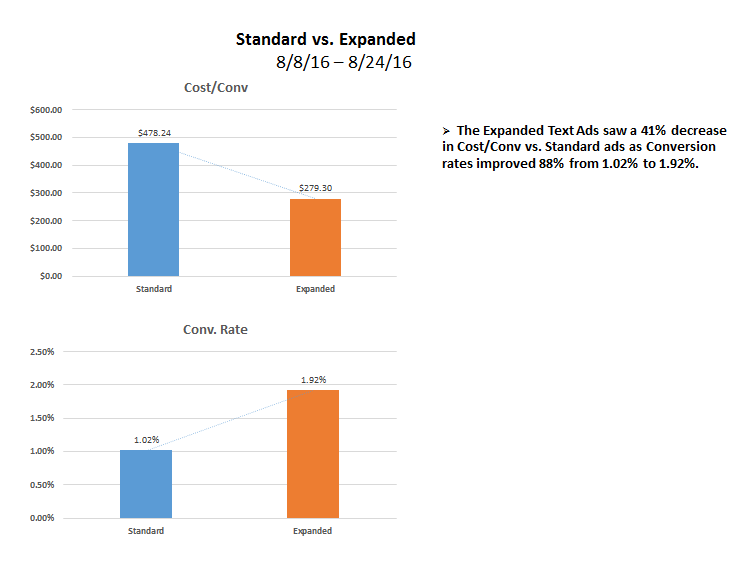5 Tips for Working with Stakeholders
Stakeholders are a necessary component of nearly every content project. Without their unique perspectives, even the most talented writers and strategists would fall short of creating the best, most customized product possible.
As a result, they are incredibly important and impactful players– and not only because of their unmatched expertise and invaluable feedback. Stakeholders have the ability to:
- Delay or halt projects
- Change direction or process
- Impact budget or scope
- Approve the final product or …
- Send everything back to the drawing board
You can’t live with them, and you can’t live without them. That’s why all marketers should follow this advice: When it comes to stakeholders, handle with care.
Common Stakeholder Problems
Whether you are a client working with internal stakeholders or a marketer who regularly manages them, the challenges are the same. You may have encountered setbacks or challenges from any of these common personalities:
- The Break Pad: These stakeholders have jam-packed schedules and may be repeat “no-shows” for interviews. They sit on content for weeks past deadline, holding the review process hostage. It’s a common situation because the most valuable stakeholders often hold very senior positions and are legitimately busy.
- The Charlie Brown: Everybody on the project wants these people to weigh in, but they do not understand their value. Interviews are challenging because they don’t provide clear, direct answers or often defer to other people, who may or may not be stakeholders. As a result, their feedback is light on the key details you need.
- The Expert: While all stakeholders are experts in their areas, this stakeholder is also an expert in your job – whether it’s writing content, developing an SEO strategy or designing a webpage. It may be hard to convince this stakeholder of well-accepted industry best practices if he or she disagrees. Prepare for intense edits and feedback.
- The Monday Morning Quarterback: The no. 1 reason for project delays? Either the Charlie Brown or The Expert can morph into this stakeholder in the final stages. They see the first draft and disagree with its direction, possibly even contradicting their own input. Be aware: It’s very common for stakeholders to change their mind or be surprised when they see their words spun into something more tangible like a webpage or blog.
Best Practices for Managing Stakeholder Relationships
The best way to work with stakeholders is a very proactive approach. We have compiled our best practices for interviewing and managing stakeholders to help avoid those frustrating project delays and setbacks:
- Establish a clear process from Day 1: Put yourself in the uninformed stakeholder’s shoes: They do an interview with you or your team, you disappear for weeks, then re-emerge with a sudden need for feedback and approval at a time that may not be convenient. You would be annoyed, too, right? Take a few minutes during your stakeholder call to walk them through the process, timeline and what you will need from them so they are prepared.
- Don’t be afraid to over-prepare: If you want to get the most out of your stakeholder interview, do not show up as a blank slate. Do your homework by researching as much as you can about the subject matter, client, competitors and even the stakeholder ahead of the interview. Asking basic questions is the best way to waste an interview. Instead, use your time to delve deeper and get into messaging, differentiators and help with more complex topics.
- Communicate key dates and repeat, repeat, repeat: Stakeholders are very busy. They will quickly scan your email, so make it easy for them: Clearly state your time frame in bold font. At your interview, remind them at the start and end when they will receive a draft for review. Follow up with an email reminding them of this date and how much time they will have for feedback. Send reminders ahead of the deadline.
- Avoid sending a list of questions in advance: It may sound counter-intuitive. But if you want the most out of your discussion, don’t fence yourself in with a script. When given a list of questions, stakeholders tend to offer stiff, careful answers. You miss out on the rich details that a more organic conversation can uncover. Instead, provide an overview of topics and write a few short sentences describing your goals for the interview.
- Control the review process: Lay the groundwork for a clear review process before scheduling the first stakeholder call. If you are working with multiple stakeholders, it’s a good idea to establish the following:
- Which stakeholders need to review/approve the final product, and whether anyone’s feedback is more authoritative or should be last
- How many rounds of revisions are included within project scope
- Whether stakeholders are editing for content, accuracy, messaging, or all of the above
- A process for ensuring consolidated feedback so you don’t get back conflicting feedback and direction
- A clear timeline and how feedback delays will affect project completion
Interested in learning more about content marketing? Check out Charles River Interactive’s blog View from the Charles:
7 Email Marketing Best Practices
How to Write Strategic Calls to Action
5 Tips for Writing for Mobile
Want more information? Get more details on Charles River Interactive’s SEO and PPC service offerings or contact us today.




